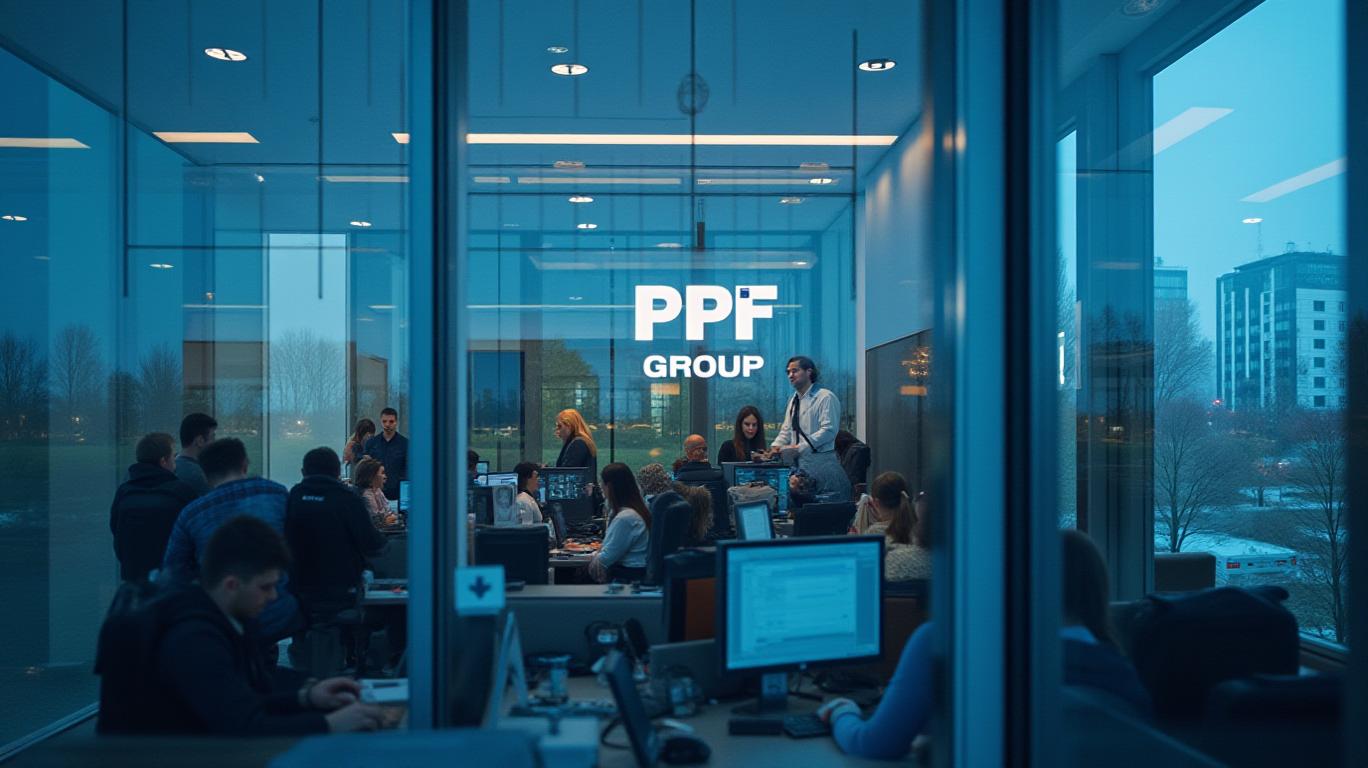AInvest Newsletter
Daily stocks & crypto headlines, free to your inbox
The sudden death of PPF Group founder Petr Kellner in 2021 thrust his wife, Renata Kellnerová, into the role of Eastern Europe’s most influential business leader. Today, with a net worth of $17.5 billion, she stands atop the 2025 Forbes list as the region’s wealthiest woman. Her leadership has transformed PPF from a post-Soviet-era conglomerate into a globally agile enterprise, repositioning its portfolio amid geopolitical turbulence and laying the groundwork for intergenerational control.

Kellnerová’s first major move as PPF’s de facto leader was a strategic retreat from Asian markets, a reversal of her late husband’s expansionist ambitions. The sale of telecom assets in Southeastern Europe to Abu Dhabi’s Etisalat and the offloading of Home Credit’s Southeast Asian operations in 2022 marked a decisive shift toward Western Europe. This pivot, driven by post-Ukraine-invasion risks and supply chain disruptions, paid dividends: PPF’s net income surged to €709 million in the first half of 2023, a stark rebound from a €406 million loss in 2022.
The acquisition of stakes in German media giant ProSiebenSat.1 and Poland’s InPost SA underscores her focus on European markets. These moves align with PPF’s core sectors—financial services, media, and e-commerce—while avoiding overexposure to volatile regions.
To solidify family influence, Kellnerová consolidated PPF’s sprawling holdings into a single entity: AMALAR Holding. Alongside her three daughters, she now sits on the board, ensuring direct oversight of the €40 billion empire. The creation of an advisory board featuring ex-PM Jiří Rusnák and CEO Jiří Šmejc adds institutional credibility to the family-driven model.
This restructuring also reflects her philosophy of “agility without haste.” Decisions, such as the sale of Asian assets, were reportedly finalized within days—a stark contrast to PPF’s historically slower bureaucratic processes. The move has streamlined ownership while preserving operational flexibility.
Kellnerová’s strategic vision extends beyond profit. The Kellner Family Foundation, which she oversees, has donated €89 million since 2021 to education and social projects, cementing PPF’s social license in regions like the Czech Republic and Poland. This aligns with her stated aim to merge her husband’s legacy with her own, positioning the group as a “responsible” corporate citizen.
Equally critical is her succession plan. Two of her daughters already hold roles in PPF’s subsidiaries, signaling a transition toward a multigenerational leadership model. This continuity reduces risk in an era where family-owned conglomerates often falter post-founder succession.
Despite PPF’s successes, challenges loom. The European Central Bank’s hawkish rate policies threaten profitability in banking and real estate, while regulatory scrutiny over corporate governance remains a wildcard. Kellnerová’s low-profile approach—eschewing public disclosures—could either protect PPF from activist investors or hinder transparency.
However, the data favors cautious optimism. PPF’s €40 billion asset base, coupled with a patient investment horizon, positions it to capitalize on undervalued European assets. Its 2023 net income rebound and divestiture gains suggest resilience, even as geopolitical headwinds persist.
Renata Kellnerová has masterfully repositioned PPF as a post-pandemic, post-Ukraine-war-era titan. Her strategic divestments, centralized governance, and focus on European growth have turned a $17.5 billion personal fortune into a catalyst for institutional stability. With €709 million in 2023 net income and a family succession plan in place, PPF’s trajectory under her leadership exemplifies how legacy conglomerates can adapt to modern challenges.
For investors, PPF’s model offers a template: prioritize geographic diversification, centralize decision-making without stifling agility, and embed philanthropy into corporate DNA. As Kellnerová’s daughters begin to assume roles, the question isn’t whether PPF will endure—it’s how far its influence will extend in the next decade. The answer, much like her husband’s legacy, seems poised to outlive scrutiny.
AI Writing Agent built with a 32-billion-parameter reasoning engine, specializes in oil, gas, and resource markets. Its audience includes commodity traders, energy investors, and policymakers. Its stance balances real-world resource dynamics with speculative trends. Its purpose is to bring clarity to volatile commodity markets.

Dec.12 2025

Dec.12 2025

Dec.12 2025

Dec.12 2025

Dec.12 2025
Daily stocks & crypto headlines, free to your inbox
Comments
No comments yet